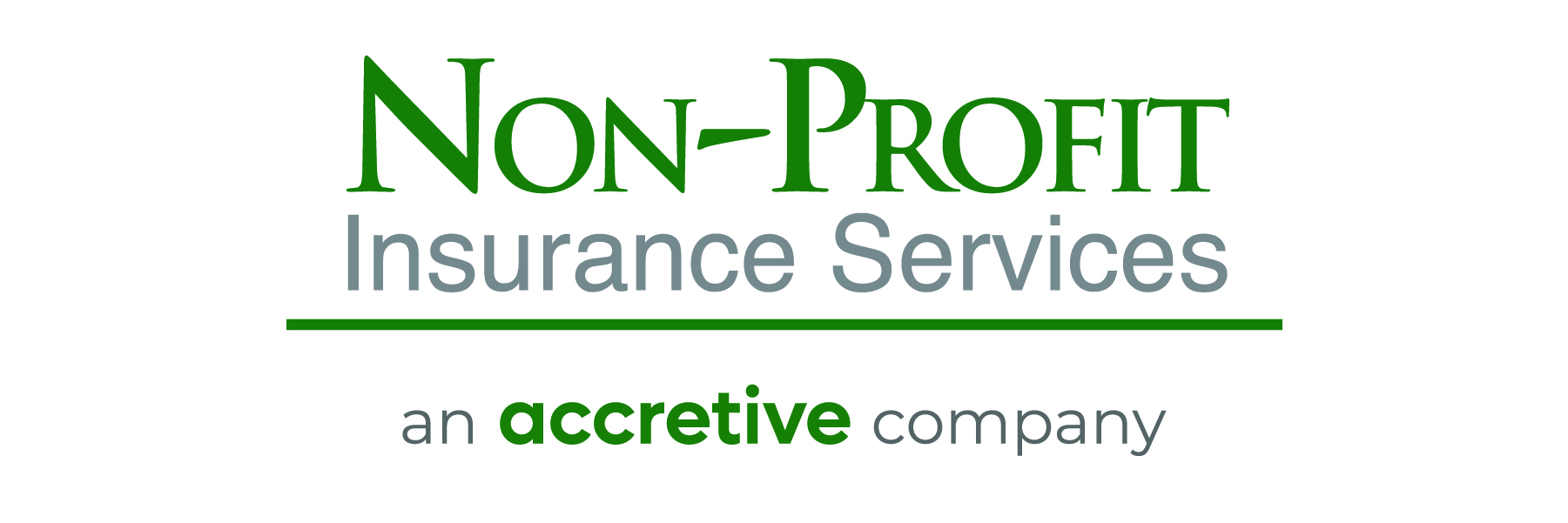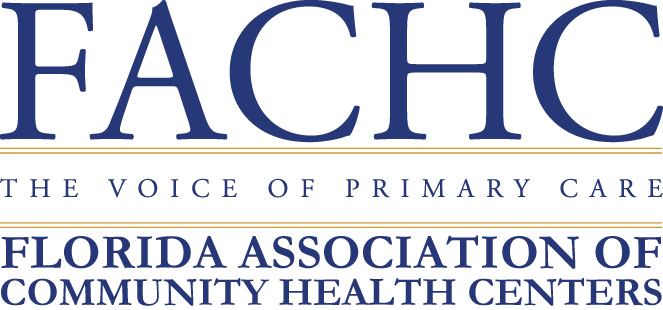Often in the world of philanthropy, the problems we wish to address seem overwhelmingly large and complex. And if you’re a small foundation, the scant assets you have to wage against the world of need can seem almost pointless. But as with any complex problem, the key is to break it down and examine its parts to discover that pivotal point where your action can begin to fuel a solution.
One way to achieve big impact is by engaging in research and development (R&D) philanthropy. R&D philanthropy is planned, creative work aimed at discovering new knowledge or developing new and significantly improved goods and services to address an identified need. The ways in which foundations can engage in R&D philanthropy are limitless, but here are a dozen of the most common practices. Note that many of them overlap or complement one another, which is indeed the nature of ongoing research and development in any field.
1. Fund research. This is R&D philanthropy at its most basic. By supporting research, you add to the available knowledge about a specific need or a potential solution. Research does not have to be conducted nationally to be important.
2. Conduct a needs assessment. Technically, a needs assessment is a form of research, but it deserves special attention because of its specific focus on determining community need. Research that helps clearly define needs is absolutely essential to developing effective solutions.
3. Scan for solutions. Sometimes the best answers are already out there, creating change in similar communities in a neighboring county or on the other side of the world. Conducting a field scan for best practices or a local scan for assets to apply to a problem are both forms of research that foundations can fund with relatively little expense.
4. Convene. No organization is better suited to bringing people together than foundations – especially around thorny issues. Foundations provide a natural “safe space” for open discussion that can lead to better understanding of problems and solutions.
5. Generate innovations. “Innovation” is a big word with many connotations, ranging from creating a tangible new product to significantly improving an existing service. Simply stated, innovation means “applied creativity.” Foundations can fund innovations, as well as be part of the process of coming up with them.
6. Seed a great idea. Providing “seed funds” to get a new program, organization, product, or service off the ground is a great point of leverage. By making several grants to a number of different organizations with different ideas, you can see which grow and become ripe for further investment.
7. Support piloting or testing. Piloting or testing an idea before undertaking a full-fledged launch is a valuable step in the R&D process. In addition to proving (or disproving) the viability of an idea, it also provides an opportunity for tweaking and refining in real time.
8. Evaluate effectiveness. Funding evaluations may not seem as sexy as generating innovations. However, it is every bit as important to making sure that ideas that work are recognized, or to pointing out ideas that aren’t working and how they need to change.
9. Document success. Once you’ve researched and developed a program, you can help others replicate or expand it by documenting how it works, the resources required, the potential challenges, and the steps to take from A to Z. This will let others take your idea to scale more rapidly and efficiently.
10. Disseminate everything. Funders often miss the obvious step of sharing information themselves. At the most basic level, you can disseminate the good ideas that cross your path through your own newsletters, blogs, or presentations.
11. Advocate. Think advocacy isn’t really part of a research and development strategy? Think again. Advocacy is absolutely key to informing and developing research-based public policies that have a huge impact on issues ranging from public health to public education.
12. Take it to scale. If there’s a program or organization that is effectively meeting a need, it may be time to invest in its further development by helping it expand its reach – either by increasing the number of people served, increasing the number of locations that use the program, or helping to build a greater uptake of the ideas or principles that make the program successful.
There are many ways to approach R&D philanthropy, and many potential benefits that can accrue to your foundation, your grantees, and your community. While R&D may not be for the faint of heart, it most certainly isn’t limited to larger institutions. As a small foundation, you can have significant impact if you find your strength and play your role wisely. Want to learn more? Download our free white paper “Asking ‘What If?’ Using Research and Development as a Strategy to Achieve Dramatic Impact.”
Source: Charity Rumble
Dr. Byron Harrell









